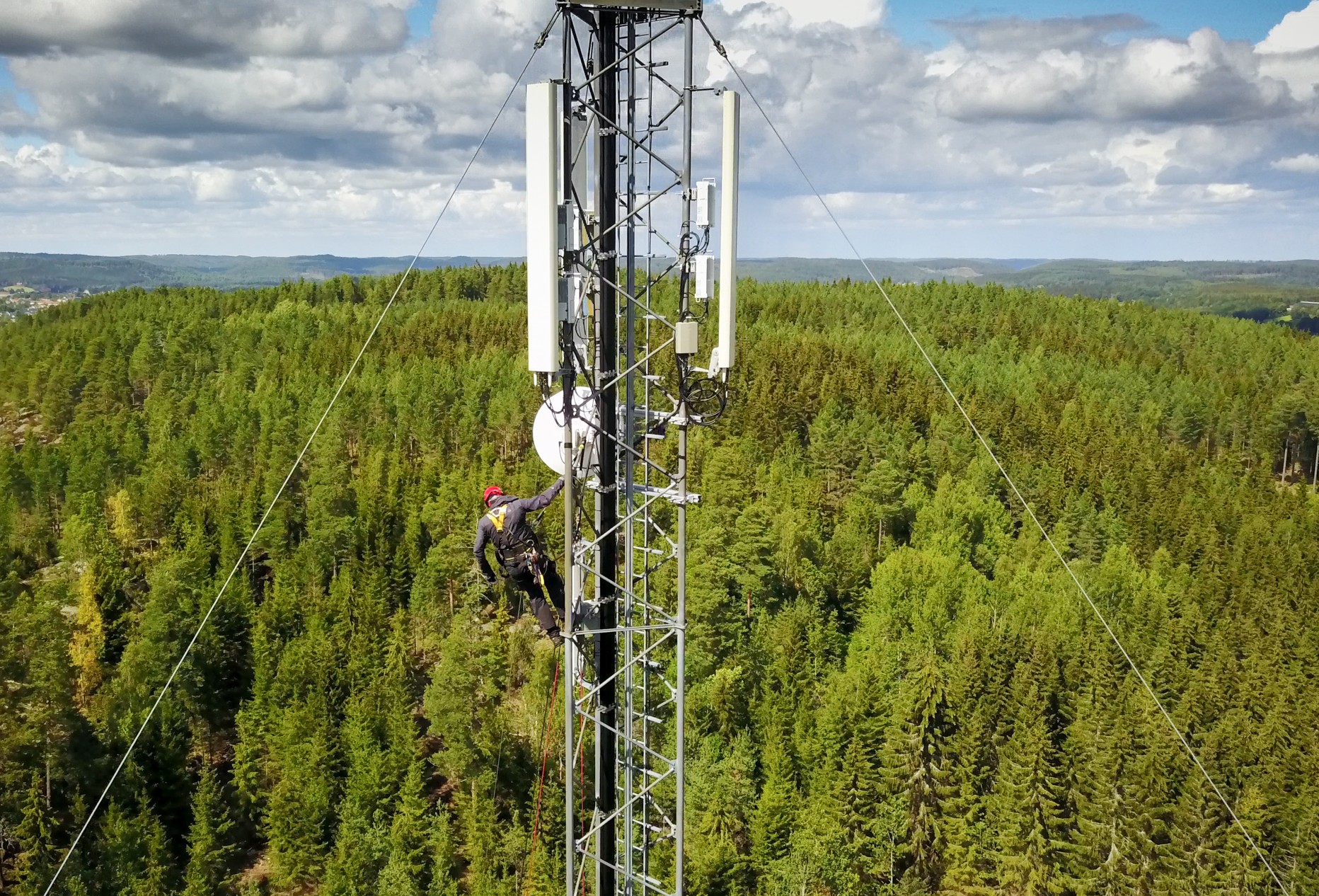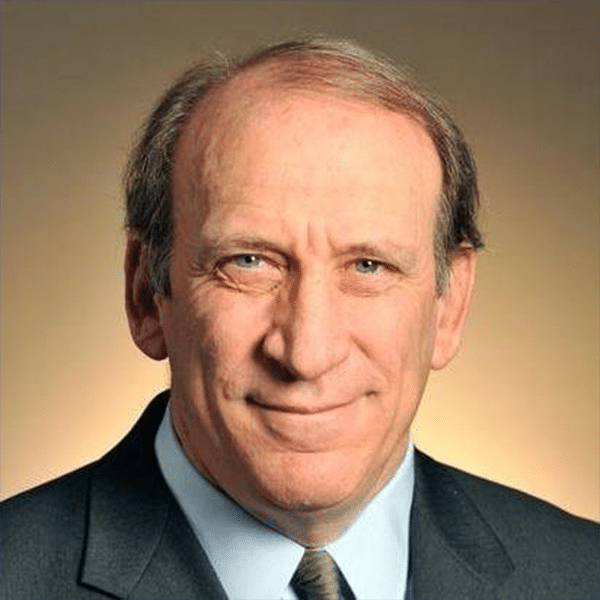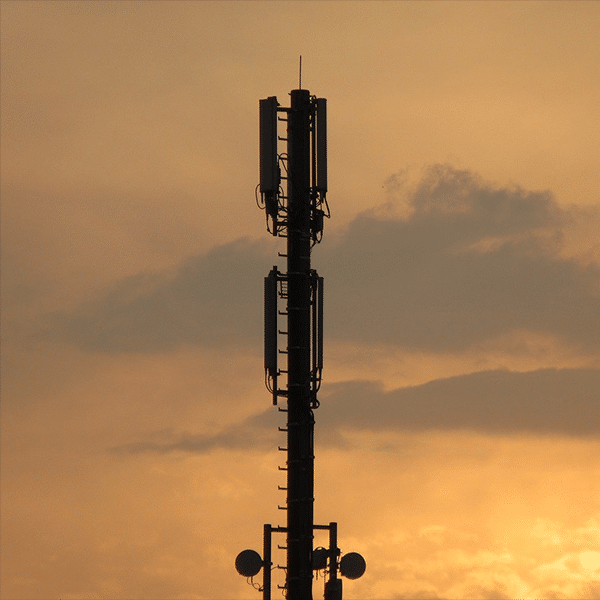How suitable is gigabit fixed wireless for rural areas? It’s no longer an academic question, thanks to the recently completed Rural Digital Opportunity Fund (RDOF) auction, a reverse auction that awarded funding to provide high-speed broadband to areas where such service isn’t available today.
Some fixed wireless internet service providers (WISPs) were big winners in the auction, and some of those winners have the option of delivering gigabit service using fixed wireless, according to a Telecompetitor search of FCC auction winner data.
Bids to provide higher-speed service were weighted to provide a bidding advantage and encourage bidders to commit to delivering higher speeds. As a result, 85% of locations covered in winning bids now call for gigabit service.
Not all WISPs plan to use fixed wireless for their gigabit service areas. Some – including the largest auction winner LTD Broadband — plan to rely instead on fiber, although LTD did bid to use fixed wireless for deployments supporting speeds of at least 100 Mbps downstream.
Others may use a combination of fiber and fixed wireless to meet their gigabit deployment commitments. Telecompetitor’s research into the plans of the top 10 winners found that three big winners – Starry (Connect Everyone), Resound Networks and Nextlink (AMG Technology) – were approved to bid to provide gigabit service using fixed wireless and/or fiber-to-the-premises (FTTP).
And considering that there were 180 winners in total, there are likely more companies that bid to use fixed wireless for gigabit service – perhaps in combination with FTTP.
RDOF Fixed Wireless
Traditionally, fixed wireless has provided service that is more economical to deploy but slower than fiber. And while some gigabit fixed wireless deployments have been made, those have been primarily in more densely populated areas where a single access point can serve a relatively large number of customers.
When the FCC established rules for the RDOF auction, the commission restricted companies planning to use certain technologies from bidding in certain tiers. For example, companies using geostationary satellites were prohibited from bidding in the low-latency category.
But although the commission considered preventing companies planning to use fixed wireless from bidding in the gigabit tier, that restriction was not imposed.
Winners are in a quiet period now and are prohibited from saying much about their RDOF wins. But Telecompetitor talked to David Sumi, vice president of marketing for Siklu, a fixed wireless equipment manufacturer that was part of a group of manufacturers that convinced the FCC to allow RDOF fixed wireless bids for the gigabit tier.
According to Sumi, there have been a lot of advances in fixed wireless recently. He described two Siklu offerings to me that he said could be used for gigabit fixed wireless deployments and noted that other manufacturers have similar offerings.
All the offerings that Sumi described use ultra-high frequency millimeter wave spectrum in one of two unlicensed bands – the V-band around 60 GHz and the E-band around 70-80 GHz.
The biggest breakthroughs have come in the V-band, where Qualcomm offers a chip based on Terragraph technology, whose development was spear-headed by Facebook.
As Sumi described, equipment based on the Qualcomm chip is designed with a four-sector base station, with each sector capable of aggregate speeds of 4 Gbps, which can be shared by up to 16 customer premises devices. Network operators can oversubscribe customers because deployment models assume not everyone is on the internet using a full gigabit at the same time.
Range is about a quarter of mile, which doesn’t sound like much for rural areas, but the technology also supports mesh networking, enabling individual customer sites to act as repeaters for other sites.
“You probably won’t go more than three to four hops before you have another fiber point,” Sumi said. He noted that access points can be fiber-fed or the network operator can use wireless backhaul.
Siklu envisions the Terragraph V-band technology being used in population centers within rural serving areas.
“Every small town has a main street,” he said.
For more remote locations, network operators can use equipment operating in the E-band, which is restricted to point-to-point use, Sumi said.
Although the E-band technology is costlier than Terragraph on a per-location basis, it has a considerably longer two-mile range and E-band equipment on the market supports speeds as high as 10 Gbps, he said.
The Terragraph technology, however, may be more likely to see cost decreases moving forward. As manufacturers adopt the Qualcomm Terragraph chip, Sumi expects the technology to benefit from economies of scale that didn’t exist previously in fixed wireless.
For all manufacturers using that chip, Sumi explained, “the capacities are the same.” Where manufacturers will differentiate their offerings is in the RF front end, where they will tweak antennas and range, he said.
What About Windstream?
It’s worth noting that some companies that haven’t traditionally used fixed wireless are looking at doing so for rural areas, including RDOF fixed wireless deployments. Not all those companies are targeting gigabit speeds, however, and they may not use the spectrum bands that Sumi told us about.
At least one traditionally wireline provider – Windstream – has talked about gigabit fixed wireless for rural areas. Windstream was a big RDOF winner, but perhaps surprisingly, our research into RDOF bidding records shows that the company only bid to use fiber for gigabit deployments.
The company did, however, bid to use fixed wireless for deployments supporting speeds of at least 100 Mbps downstream in some areas.
Also, keep in mind that even those big winners that were approved to use fixed wireless for gigabit deployments also left themselves the option of using FTTH, albeit at a higher cost.



